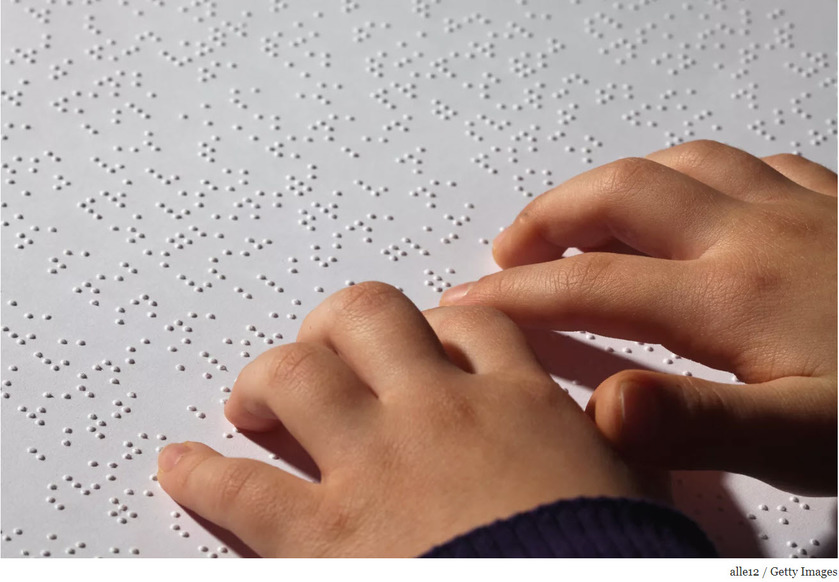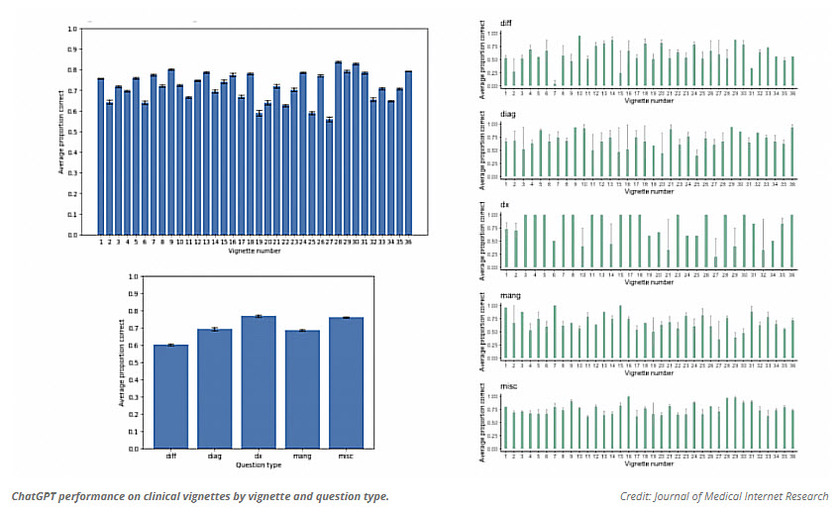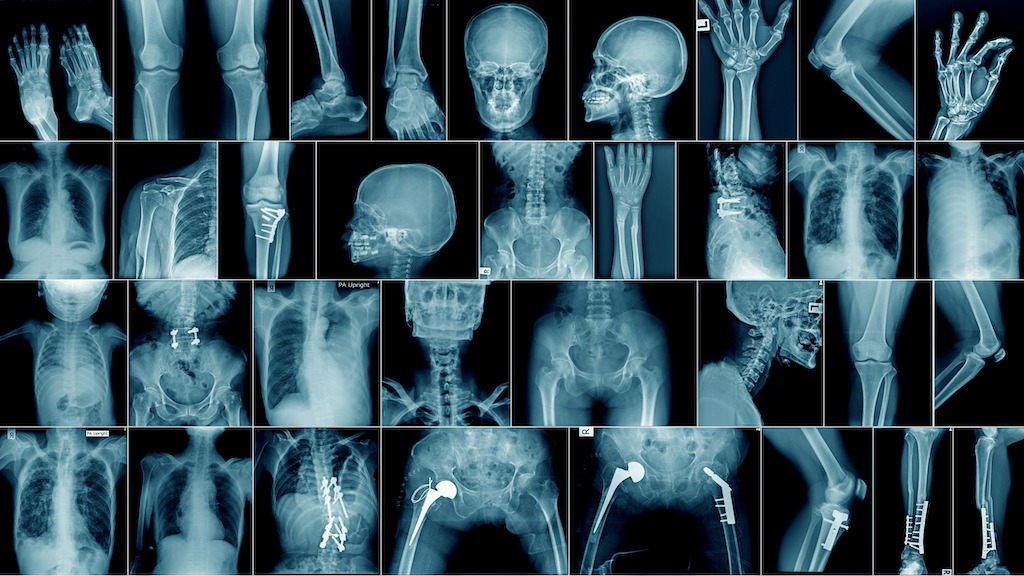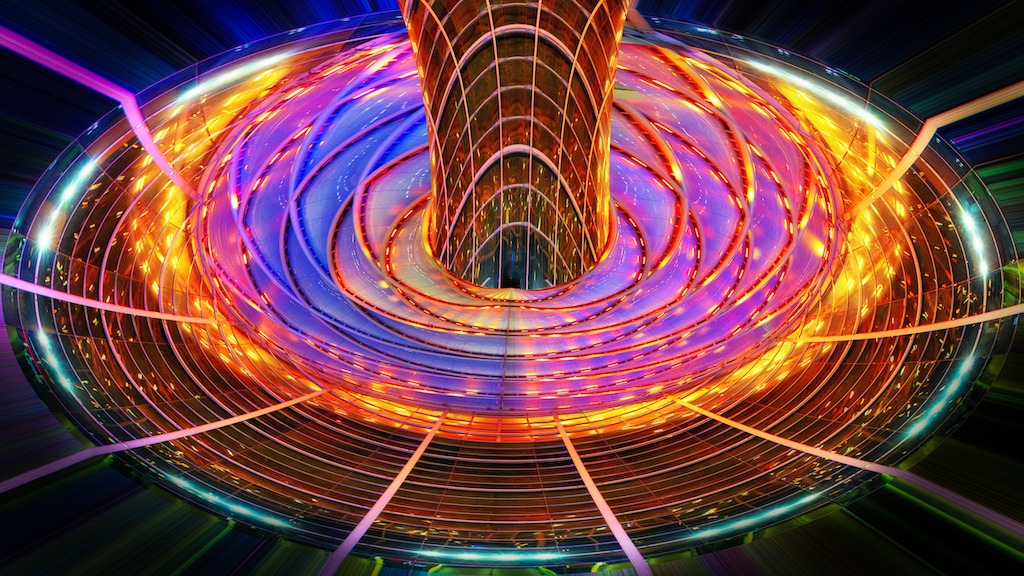I suspect there are two types of blind people. One who have been blind all their life and others who grew blind over time or via an accident. One has never seen the colors of nature and the others have to some extent like a blue or gray sky. But for those who were blind all their live what do they see? I did ask a blind man and what they thought blue and gray colors are. It was a very insightful discussion. The following is from www.thoughtco.com and written by Anne Marie Helmenstine, Ph.D.:
"It's common for a sighted person to wonder what blind people see or for a blind person to wonder whether the experience is the same for others without sight. There is no single answer to the question, "What do blind people see?" because there are different degrees of blindness. Also, since it's the brain that "sees" information, it matters whether a person ever had sight.
What Blind People Actually See
Blind From Birth: A person who has never had sight doesn't see. Samuel, who was born blind, tells ThoughtCo that saying that a blind person sees black is incorrect because that person often has no other sensation of sight to compare against. "It's just nothingness," he says. For a sighted person, it can be helpful to think of it like this: Close one eye and use the open eye to focus on something. What does the closed eye see? Nothing. Another analogy is to compare a blind person's sight to what you see with your elbow.
Went Totally Blind: People who have lost their sight have different experiences. Some describe seeing complete darkness, like being in a cave. Some people see sparks or experience vivid visual hallucinations that may take the form of recognizable shapes, random shapes, and colors, or flashes of light. The "visions" are a hallmark of Charles Bonnet syndrome (CBS). CBS may be lasting or transient in nature. It is not a mental illness and is not associated with brain damage.
In addition to total blindness, there is functional blindness. Definitions of functional blindness vary from one country to the next. In the United States, it refers to visual impairment where vision in the better eye with the best correction with glasses is worse than 20/200.1 The World Health Organization defines blindness as presenting visual acuity worse than 3/60.2 What functionally blind people see depends on the severity of blindness and the form of impairment.
Legally Blind: A person may be able to see large objects and people, but they are out of focus. A legally blind person may see colors or see in focus at a certain distance (e.g., be able to count fingers in front of the face). In other cases, color acuity may be lost or all vision is hazy. The experience is highly variable. Joey, who has 20/400 vision, tells ThoughtCo that he "constantly sees neon speckles that are always moving and changing colors."
Light Perception: A person who still has light perception can't form clear images, but can tell when the lights are on or off.
Tunnel Vision: Vision may be relatively normal (or not), but only within a certain radius. A person with tunnel vision can't see objects except within a cone of less than 10 degrees.
Do Blind People See in Their Dreams?
A person who is born blind has dreams but doesn't see images. Dreams could include sounds, tactile information, odors, flavors, and feelings. On the other hand, if a person has sight and then loses it, dreams may include images. People who have impaired vision (legally blind) do see in their dreams. The appearance of objects in dreams depends on the type and history of blindness. Mostly, the vision in dreams is comparable to the range of vision the person has had throughout life. For example, someone who has color blindness won't suddenly see new colors while dreaming. A person whose vision degraded over time might dream with the perfect clarity of earlier days or might dream at present acuity. Sighted people who wear corrective lenses have much the same experience. A dream may be perfectly in focus or not. It's all based on experience gathered over time. Someone who is blind yet perceives flashes of light and color from Charles Bonnet syndrome may incorporate these experiences into dreams.
Curiously, the rapid eye movement that characterizes REM sleep occurs in some blind people, even if they do not see images in dreams. Cases in which rapid eye movement does not occur are more likely when a person has been blind either since birth or else lost sight at a very young age.
Perceiving Light Non-Visually
Although it's not the type of vision that produces images, it's possible some people who are totally blind perceive light non-visually. The evidence started with a 1923 research project conducted by Harvard graduate student Clyde Keeler. Keeler bred mice that had a mutation in which their eyes lacked retinal photoreceptors. Although the mice lacked the rods and cones needed for vision, their pupils reacted to light and they maintained circadian rhythms set by day-night cycles. Eighty years later, scientists discovered special cells called intrinsically photosensitive retinal ganglion cells (ipRGCs) in mouse and human eyes. The ipRGCs are found on the nerves that conduct signals from the retina to the brain rather than on the retina itself. The cells detect light while not contributing to vision. Thus, if a person has at least one eye that can receive light (sighted or not), he or she can theoretically sense light and dark.
"
So there you go a blind person who was blind all their life may not see color like others, but can still tell differences based on other senses. I was told it is warm on one's face and skin then it is sunny. Thus a sunny day is a feeling and perhaps a smell. Same with a rainy day. As note there are different degrees of blindness thus each may have different experiences and some may still sense light and darkness as well even thou they are completely blind due to the wonders of the eye.
Additional References:
J. Alan Hobson, Edward F. Pace-Scott, & Robert Stickgold (2000), “Dreaming and the brain: Toward a cognitive neuroscience of conscious states”, Behavioral and Brain Sciences 23.
Schultz, G; Melzack, R (1991). "The Charles Bonnet syndrome: 'phantom visual images'". Perception. 20 (6): 809–25."

I have lost a lot of faith with the Medical Community and the Governments over the last several years, but there are a few good things that can raise above the corruption and the pushing of drugs a new approach to heal people. The following is from www.gaia.com and written by Hunter Parsons that does not involve any drug or pushing an ineffective so called vaccine that the drug company is not held accountable in any way but they use sound! The use of sound can regrow bone tissue! Here is the story:
"The future of regenerative medicine could be found within sound healing by regrowing bone cells with sound waves.
The use of sound as a healing modality has an ancient tradition all over the world. The ancient Greeks used sound to cure mental disorders; Australian Aborigines reportedly use the didgeridoo to heal; and Tibetan or Himalayan singing bowls were, and still are, used for spiritual healing ceremonies.
Recently, a study showed an hour-long sound bowl meditation reduced anger, fatigue, anxiety, and ...
Not a fan of a Defense Agency studying Anti-Gravity and other Exotic Tech, but if the commercial world and make this technology cheap that will change our world yet again. The following is about three minute read and from www.gaia.com. The below was written by Hunter Parsons:
"Wormholes, invisibility cloaks, and anti-gravity — it’s not science fiction, it’s just some of the exotic things the U.S. government has been researching.
A massive document dump by the Defense Intelligence Agency shows some of the wild research projects the United States government was, at least, funding through the Advanced Aerospace Threat Identification Program known as AATIP.
And another lesser-known entity called the Advanced Aerospace Weapons System Application Program or AAWSAP
The Defense Intelligence Agency has recently released a large number of documents to different news outlets and individuals who have filed Freedom of Information Act requests.
Of particular interest are some 1,600 pages released to Vice News, which ...
As our technology gets better we are discovering more about the history of mankind and pushing the timeline back further and further. The following article is from www.gaia.com and written by Michael Chary that discusses this new find that changes the historical timeline:
"Over the past decade, there have been a number of archeological revelations pushing back the timeline of human evolution and our ancient ancestors’ various diasporas. Initially, these discoveries elicit some resistance as archeologists bemoan the daunting prospect of rewriting the history books, though once enough evidence is presented to established institutions, a new chronology becomes accepted.
But this really only pertains to the era of human development that predates civilization — the epochs of our past in which we were merely hunter-gatherers and nomads roaming the savannahs. Try challenging the consensus timeline of human civilization and it’s likely you’ll be met with derision and rigidity.
Conversely, someone of an alternative...
Not sure if you have heard of a show on YouTube called "The Why Files". If not you should check it out it is interesting and has some humor with it on different subjects. Last weeks was on a different theory how the Universe works and how main stream Science is attempting to shut it down like is always seems to do if it goes aguest some special interest. Today it is akin to what happened to those who questioned the Earth was the Center of the Universe that main stream so called Science all believed during the Renaissance period, They called any theory that the Earth was not the Center of the Universe misinformation. Does this sound familiar today? People laughed and mocked people like Leonardo da Vinci, Nicolaus Copernicus, Georg Purbach as crack-pots, conspiracy theorists, nut-jobs and they were suppressed and even imprisoned for their radical thoughts and observations. Again it sounds like today in so many ways. In any event this is a good one to ponder and see even if a bad idea ...
Seemingly chaotic systems like the weather and the financial markets are governed by the laws of chaos theory.
We all have heard about chaos theory, but if you have not or have forgotten what chaos theory is well here you go from interestingengineering.com:
"Chaos theory deals with dynamic systems, which are highly sensitive to initial conditions, making it almost impossible to track the resulting unpredictable behavior. Chaos theory seeks to find patterns in systems that appear random, such as weather, fluid turbulence, and the stock market.
Since the smallest of changes can lead to vastly different outcomes, the long-term behavior of chaotic systems is difficult to predict despite their inherently deterministic nature.
As Edward Lorenz, who first proposed what became commonly known as the Butterfly Effect, eloquently said, "Chaos: When the present determines the future, but the approximate present does not approximately determine the future.""
You may have heard the term about chaos theory as a butterfly flaps its wings in Brazil,...
I for one have lost trust in Medical Doctors due to COVID and reflection that they seem to push pills for everything and untested so called vaccines that is using a unproven technology because the Government and the Medical Boards of the State told them to. There are a very few exceptions. Thus they do not address the key problem just prescribe more and more pills to keep you alive an sick longer for them and Big Phama to profit from you. Will AI do any better? Well that depends on what was used for the training of AI. If it also pushes pills and vaccines without question then you have the same problems noted above. However, if the AI Training includes all possible forms of treatment and they zero in on the right issues for the true problem then there is possibilities they would be way better than most of the current Medical Doctors today.
The following is from an article from interestingengineering.com and written by Paul Ratner:
"A new study looks at how accurately AI can diagnose patients. We interview the researcher, who weighs in on AI's role ...


:max_bytes(150000):strip_icc()/young-girl-eading-braille-135167391-5c48c419c9e77c0001a18fb8.jpg)




















